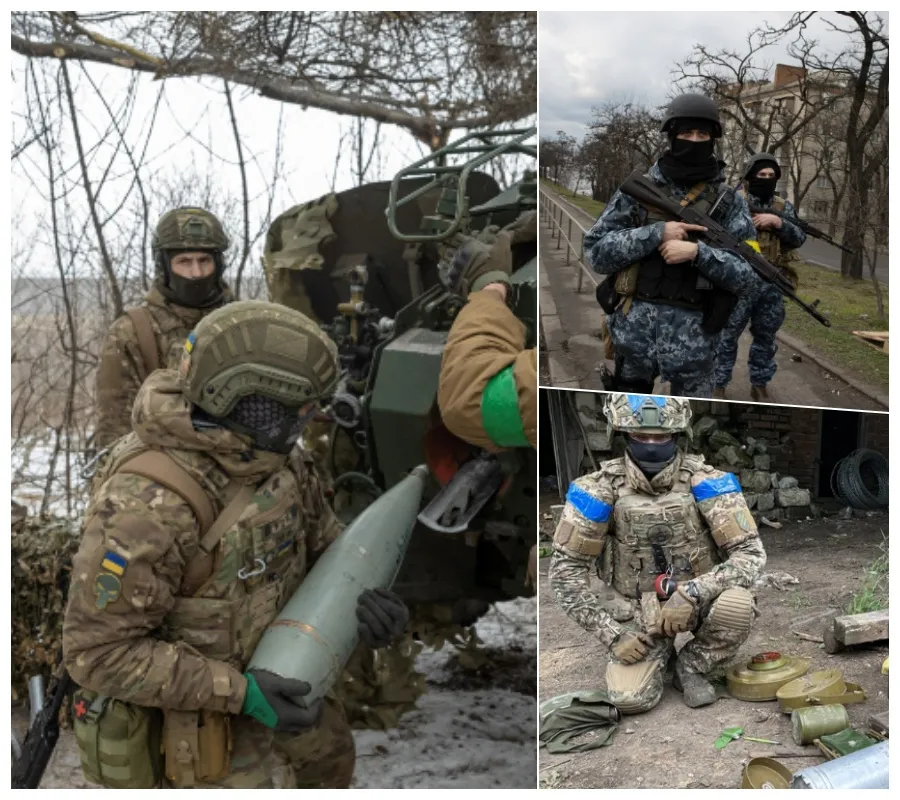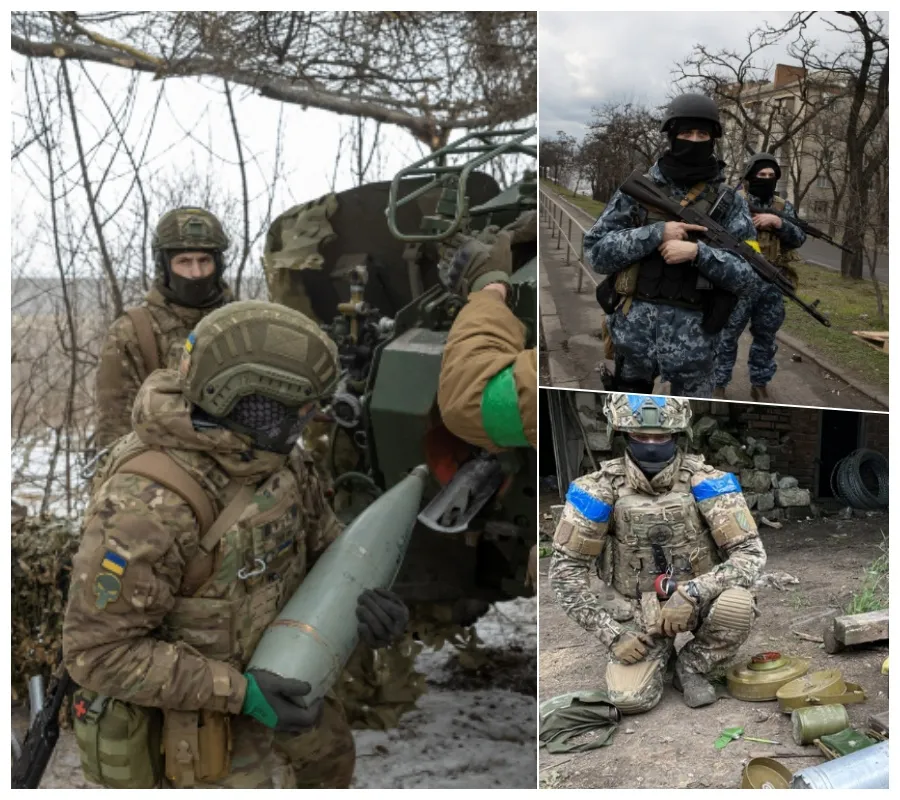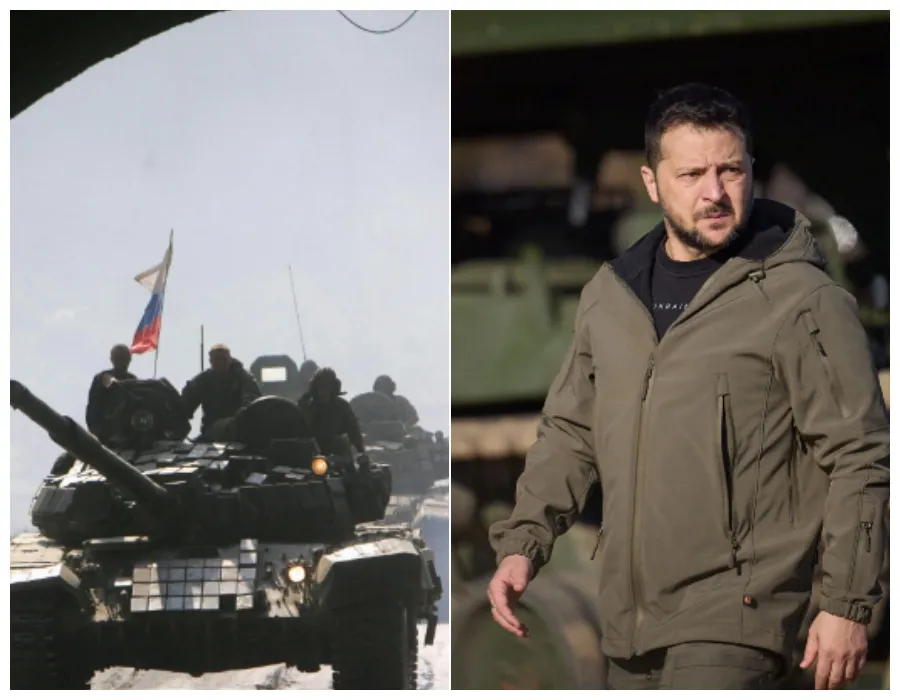Russia Anticipates Two-Week Delay in Responding to Ukrainian Incursion

Russia Anticipates Two-Week Delay in Responding to Ukrainian Incursion
Russia may require up to two more weeks to effectively counter the recent Ukrainian incursion into the Kursk region, which began on August 6, according to U.S. officials. Russian President Vladimir Putin has initiated troop mobilization in response to the Ukrainian forces occupying this border region. However, Russian forces are currently stretched thin due to prolonged engagements in the eastern part of Ukraine, particularly in the Donetsk region, where they have been engaged in a grinding war of attrition.

U.S. officials, who spoke on the condition of anonymity, noted that Russia is struggling to muster sufficient manpower and weaponry to manage both the ongoing conflict in Donetsk and the new challenge posed by the Ukrainian incursion into Kursk. Ukraine’s decision to raid this border area caught not only Russia by surprise but also its western allies, including the United States. Ukrainian President Volodymyr Zelenskyy recently claimed that Ukrainian troops have now occupied nearly 500 square miles of Russian territory, including 92 villages and towns.
Table of Contents
ToggleStrategic Intentions and Challenges
On Thursday, Sabrina Singh, the deputy Pentagon press secretary, stated that Ukraine’s actions appear to be aimed at creating a “buffer zone” to prevent further Russian attacks. Singh mentioned that more questions remain regarding Ukraine’s incursion strategy.
In response to Ukraine’s actions, Russia has begun moving forces toward the Kursk region, although specific details about troop movements were not disclosed. Analysts like Seth Jones, a senior vice president at the Center for Strategic and International Studies, suggest that the slow response from Russia indicates a shortage of soldiers, including conscripts, to both fight in Ukraine and defend Russia’s borders.

Potential Consequences for Russia
The current situation presents a challenging decision for President Putin. According to Jones, Putin is hesitant to conduct another major mobilization due to the potential political costs within Russia. Mobilizing additional troops could trigger domestic unrest, whereas a slow response to the incursion may offer fewer immediate risks and costs. This dilemma underscores Russia’s limited options, forcing Putin to choose between a delayed military response in Kursk or initiating a larger mobilization.
Ukraine has also taken strategic actions to disrupt Russian supply lines by destroying at least three bridges in the region. This tactic not only complicates Russia’s ability to respond but also aims to deplete Russian military reserves. The Ukrainian incursion into the Kursk region marks the largest penetration into Russian territory since World War II, displacing around 200,000 Russian citizens.
Despite Russia’s initial invasion of Ukraine in February 2022, which led to the occupation of approximately 20% of Ukraine, the situation has become more complex with the recent Ukrainian offensive. The United States has provided Ukraine with over $55 billion in military aid since the conflict began, highlighting the international dimensions of this ongoing war.
As both nations brace for the next phase of conflict, the coming weeks will be crucial in determining the outcome of this new front in the ongoing war.



